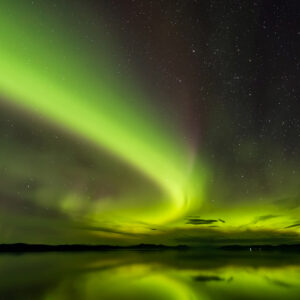
The campaign video immediately sparked criticism from viewers who saw the depiction of a Native American dancer as an instance of cultural appropriation.
The issue arose from the term “Sauvage,” which is French for savage, in Dior’s fragrance campaign being accompanied by an indigenous fancy dancer and a woman in wolf skin in the campaign teaser video.
Critics of the fragrance campaign said the use of Native American culture was tone deaf. On Twitter, the hashtag #NotYourSavage was being used by in tweets for them to voice their anger about the campaign.
“Calling us Savage in a different language and accent doesn’t remove the long-standing historical violence and racism we continue to experience!” one Twitter user wrote.
The short video features the dancer performing to a drum beat, followed by a narrator saying “We are the land. Dior.”
The LVMH-owned fashion house described the campaign on social media as “an authentic journey deep into the Native American soul in a sacred, founding and secular territory” and said it had also worked with Americans For Indian Opportunity, an indigenous advocacy group.
But the backlash was almost immediate. The campaign was live for several hours on Friday before Dior deleted it from Twitter, Instagram and YouTube.
In a statement, Parfums Christian Dior said the company is “very proud of this collaboration with AIO,” describing it as part of the organization’s campaign to “change the misperceptions about Native Americans, to share accurate American history, to build awareness about Native Americans as contemporary peoples and to promote Indigenous worldviews.”
But this is not the first time Dior has been accused of cultural appropriation either. A campaign for the Cruise 2019 collection, featuring garments influenced by Mexican culture, was criticised for starring Jennifer Lawrence, who is not Mexican. In April, Dior debuted its Resort 2020 collection in Marrakesh, Morocco, with opinion split between those who saw African influences on the show as another instance of appropriation, and others who saw an example of cultural borrowing done right.
In an interview released last Tuesday, Depp said: “There was never — and how could there be or how would there be — any dishonorable [intent].”
“The film was made with a great respect for the indigenous people not just of North America, but all over the world. It’s a pity that people jumped the gun and made these objections. However, their objections are their objections.”
He continued, “I can assure you that no one has any reason to go out to try to exploit. It was a film made out of great respect and with great respect and love for the Native American peoples to bring light to them. They haven’t had the greatest amount of help out of the United States government. The idea is as pure as it ever was, so we will come to an agreement so that everyone is happy.”
However, the consensus of the situation still found that the use of indigenous imagery regardless of the intent, was still done in bad taste considering it adds fuel to the stereotypical history attached to the “Indian savage.”











